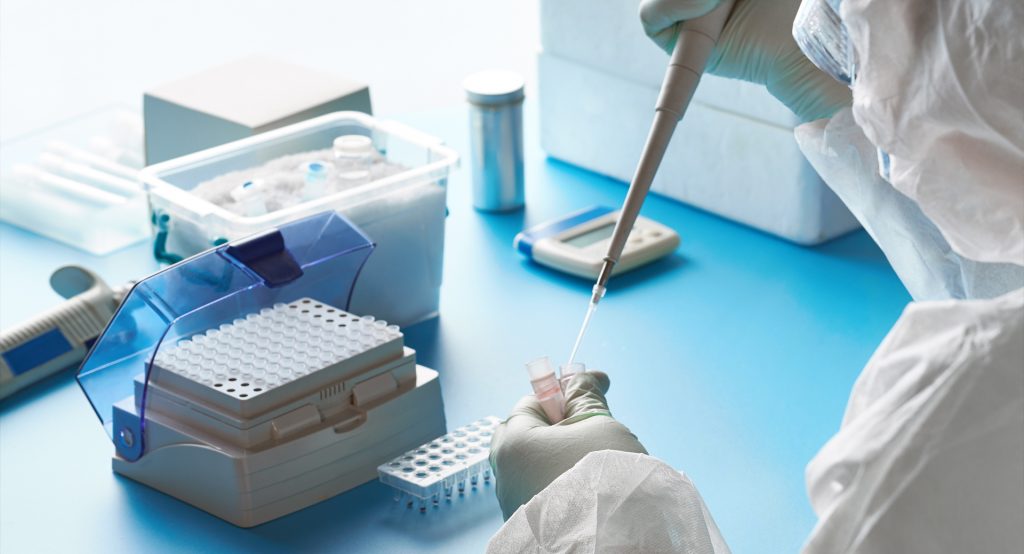
Two types of tests presently exist in relation to COVID-19. Diagnostic tests look for active infections while antibody tests look for previous infections with potential for immunity or resistance to future infections. Sensitivity and specificity data provide basic information about the accuracy of the testing, while positive and negative predictive values provide a means to interpret the results based on disease prevalence within a specific population.
The ability of a test to accurately detect a positive and negative result can be described with two terms, sensitivity and specificity.
The more sensitive a test is, the more likely it is to find what it is looking for. For example, a diagnostic test with 90% sensitivity will test positive 9 out of 10 times. On the flip side, 10% of results will be false negatives, meaning the virus is there, but the test did not pick it up. Therefore, another way to describe the sensitivity of a test is the more sensitive a test is, the less likely it is to produce a false negative result.
The specificity of a test measures how well it correctly identifies those who do not have a condition. The more specific a test is, the less likely it will produce a false positive result. A test with 99% specificity will yield a false positive result in 1% of cases.
The interpretation of a positive or negative test result varies based on the prevalence of the condition in the population. The likelihood that a positive test result means a person is truly positive increases as more people in the population have the condition. This is known as the positive predictive value. On the other hand, negative predictive value represents the likelihood that a negative test result means a person is truly negative and decreases as more people in the population have the condition. Translated into practical terms, this means when the prevalence of the condition in the population is low, the number of false-positive tests may be unacceptably high.
Another important consideration is what type of population is being tested. For example, the tolerance for accepting false positive or false negative results may be different for patients congregated in a nursing home as opposed to people who are symptom free in the community. Ideally, a consensus should be reached on the levels of positive and negative predictive values that are considered acceptable for different uses of tests.
Emergency Use Authorizations (EUAs) have been issued by the U.S. Food and Drug Administration (FDA) to expedite the availability of diagnostic testing products and services. EUAs are not considered long term “approval” and may be rescinded based on actual test performance or additional information that may come forward. For antibody testing, a different process is in place due to the lesser complexity of the testing. Additional reviews are ongoing to help weed out the unreliable antibody testing platforms that may have resulted from the government’s desire to expedite testing availability.